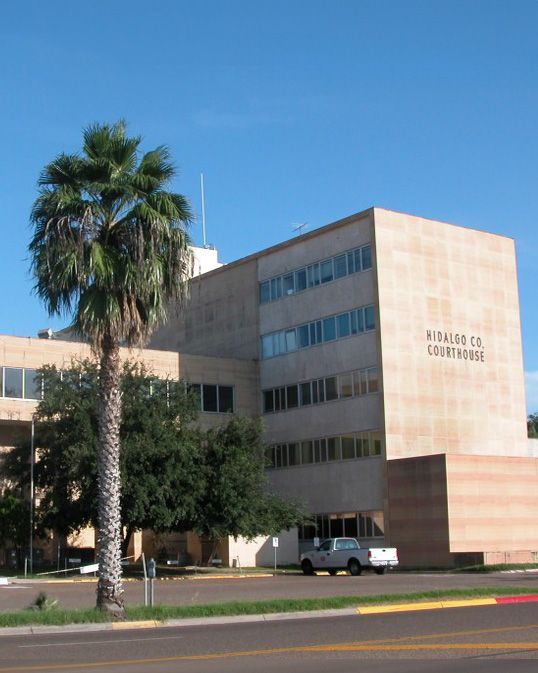Top Legal Issues Following a Flood and What You Can Do in the First 24 Hours
LAW BLOG •
Floods can be devastating to homes and businesses. Even a few inches of water can lead to thousands of dollars in structural repairs, toxic mold growth, lost inventory, and destroyed personal belongings. Anyone who has experienced flood damage knows that acting quickly is crucial after a flood; your first 24 hours after sustaining flood damage are crucial. It’s important to know the most common legal issues arising from flood damage and the best first steps to take to address it.
Understand Your Insurance Policy
One of the most common safety nets for flood damage victims is insurance coverage. Both residential and commercial property owners must carry some property damage insurance coverage. Any policyholder should fully understand the terms and scope of coverage in a policy before agreeing to it. Homeowners insurance and other types of property insurance typically stipulate the types of damage they cover.
For example, a policy may offer “Fire Damage Protection,” but under the fine print you may find that it protects against fire damage from accidents like cooking mishaps, but not wildfire damage. If you live in a dry area prone to wildfires, this policy would likely be ineffective for you.
Flood insurance coverage often works in a similar way. For example, the flood coverage section of a policy may state that the policy covers flood damage from broken appliances, burst pipes, and other internal causes of flooding, but not flooding from natural disasters. The most common legal issue facing flood damage victims after a flood is a problem with insurance coverage or an insurer denying coverage for a flood based on the terms of the policy.
First Steps After a Flood
There are several things homeowners and business owners should do in the first 24 hours after a flood to stand the best chance of financial recovery. These include:
- Document everything. After sustaining flood damage, take as many photos as possible of all areas of your property affected by the flooding. It’s crucial to document as much of your flood damage as possible during and after a flood so you can use these photos as evidence in an insurance claim or future lawsuit. Don’t perform any water removal or repairs until you have fully documented the scope of the damage to your property.
- Prevent further damage. If your home or business starts to flood, it’s a good idea to shut off the main breaker for the power to your property. Severe weather may cause a blackout anyway, and when the power returns the mixture of water and electricity can be extremely dangerous.
- Protect your health. Floodwater may appear clear, but likely has contamination from all sorts of dangerous substances and bacteria. If you need to move around in flood water, wear protective outerwear like waders or waterproof, waist-high leg coverings and waterproof boots. Throw out any personal belongings, food, or furniture affected by floodwater to avoid contamination and the spread of disease.
- File an insurance claim. While you may have concerns about your insurance coverage, file a claim as soon as you have fully documented the effects of the flood on your property and have a realistic idea of your total cost of damages. An attorney can help you draft a strong initial claim and handle any issues you may encounter with claims adjusters.
- Assess additional legal options. Do you believe the federal or local government bears some responsibility for your flood damage? If city planners were negligent in disaster preparation, used negligent planning practices that did not account for flood risks, or you believe that a government agency failed to properly address flooding issues in your area, you may have a claim against the government.
An attorney can help a property owner determine his or her legal options after a flood, handle problems with difficult insurance companies, and explore additional options for recovery beyond the scope of insurance coverage.
The post Top Legal Issues Following a Flood and What You Can Do in the First 24 Hours appeared first on GES Injury Attorneys.
Every state limits the amount of time you have to file a claim.
Don't Delay.
Contact the Attorneys at Gordon & Elias, LLP Today to preserve your right to a recovery.
Contact Us
We will get back to you as soon as possible.
Please try again later.
100% FREE CASE EVALUATION
Free Consultation • No Fee If No Recovery



